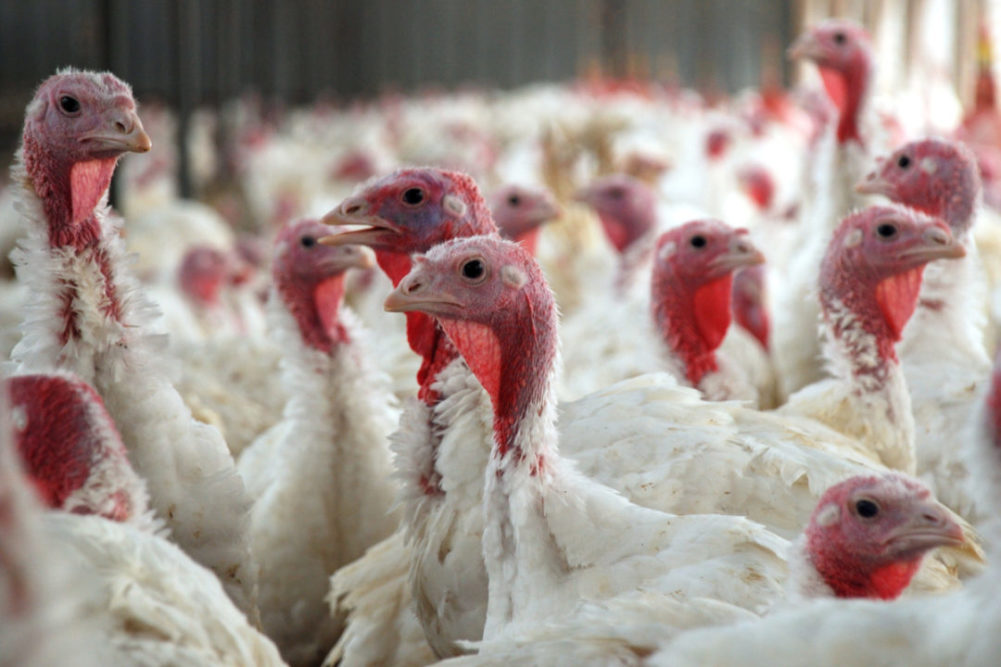DUBLIN – The government of Ireland established a protection zone around a commercial turkey farm in County Monaghan upon confirmation of highly pathogenic H5N1 avian influenza at the premises, the Department of Agriculture, Food and the Marine said.
The protection zone is at least a 3-km radius from the infected premises and a surveillance zone of at least a 10-km radius was established. “A census of all holdings within the PZ and SZ will be conducted and procedures put in place to control movements of live poultry, other captive birds, hatching and table eggs, used litter, manure and slurry from poultry holdings,” the agency said.
HPAI H5N1 has been identified in wild birds in Galway, Limerick, Offaly, Donegal, Roscommon, Tipperary, Wexford and Waterford in recent weeks. The strain also has been confirmed in poultry flocks in Italy, Poland, Germany, Netherlands, Denmark, Hungary, Estonia, Czechia, Norway, Bulgaria, Belgium and the UK since early October. The disease is currently present in Africa and Asia as well.
Minister for Agriculture, Food and the Marine, Charlie McConalogue TD, recently introduced regulations from 2013 requiring keepers of all poultry (and other captive bird) flocks, irrespective of size, to confine all poultry and captive birds in a secure building, to which wild birds or other animals do not have access, and to maintain strict biosecurity measures.
The H5N1 subtype can cause serious disease in poultry and other birds, but no human infections with this virus have been reported in Europe, the Department said, and therefore risk to humans is considered to be very low. Additionally, there is no evidence of risk associated with consumption of poultry meat or poultry meat products.
The World Animal Health Organization (OIE) said various subtypes of avian influenza have been reported by more than 40 countries over the past six months. This year has seen an unprecedented genetic variability of AI subtypes. H5N1, H5N3, H5N4, H5N5, H5N6 or H5N8 are the subtypes currently circulating in poultry and wild bird populations across the world, the agency said. Nearly 16,000 cases of HPAI in domestic and wild birds have already been reported in October.
“It is critical that countries notify outbreaks in a timely manner to the OIE, to ensure an accurate monitoring of the evolution and spread of this transboundary disease,” the agency said. “HPAI cases identified in poultry and non-poultry species, including wildlife are subject to notification. Updated reporting obligations will come into effect from 1 January 2022 onwards.
“Countries will also be requested to report infections with low pathogenicity avian influenza viruses identified in domestic and captive wild birds and that have proven natural transmission to humans associated with severe health impacts,” OIE said. “OIE Reference Laboratories specialized in avian influenza can support national laboratories in the diagnostic of their samples, as needed by countries.”
Most outbreaks occur during the winter of the Northern hemisphere, according to OIE. Outbreaks usually begin to increase in October, peak in February and continue through April.


